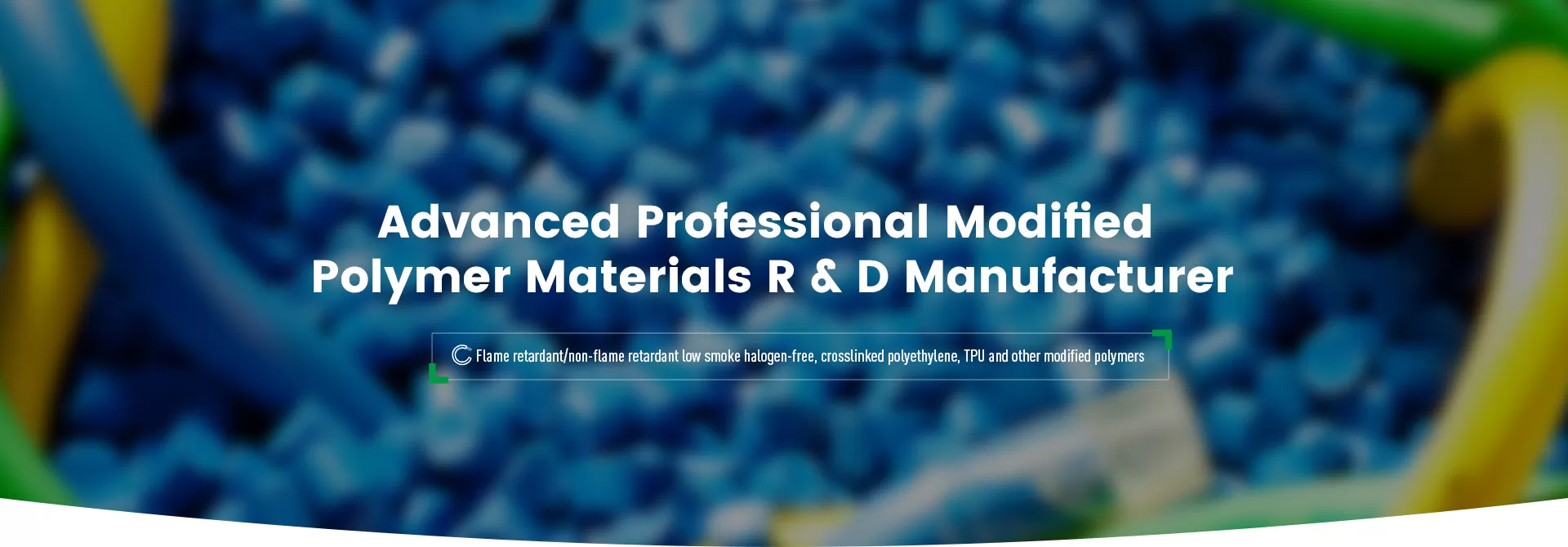
In photovoltaic systems, photovoltaic cables are exposed to high temperatures, humidity, strong ultraviolet radiation, and temperature fluctuations outdoors for extended periods. Therefore, the stability of the cable sheath material determines the lifespan and safety of the entire photovoltaic power system.
Silane-crosslinked polyethylene (XLPE), with its excellent weather resistance and structural stability, is widely used in photovoltaic cable sheaths and insulation layers, becoming a common material for photovoltaic cable sheaths.
While traditional XLPE (irradiated crosslinked polyethylene) is also widely used, the silane crosslinking system offers unique advantages in hydrolysis resistance and long-term outdoor use.
Furthermore, few cable manufacturers in Europe, America, South America, and Southeast Asia possess electron irradiation equipment. Using irradiated crosslinked polyethylene in photovoltaic cable production necessitates purchasing or borrowing irradiation equipment, leading to high production costs.
Silane crosslinking materials, however, can crosslink at room temperature without irradiation equipment, which is highly convenient for cable manufacturers lacking such facilities.
Silane crosslinking cable materials form a three-dimensional network structure through a moisture-curing reaction, giving the material excellent heat resistance, environmental stress resistance, and mechanical stability.
For photovoltaic cables, the advantages of this structure include:
· Excellent hydrolysis resistance
· Structural stability and resistance to cracking
· Better adaptability to long-term humid and hot environments
· Continuous maintenance of insulation and dielectric properties
Photovoltaic power plants are characterized by high humidity, salt content, and strong ultraviolet radiation. Cables exposed outdoors year-round must possess sufficient material toughness and weather resistance. Silane crosslinked polyethylene performs exceptionally well in this application scenario.
Photovoltaic cable sheaths not only need to block environmental factors but also play a crucial role in protecting the internal insulation layer. If the material's resistance to hydrolysis is insufficient, the following problems may occur:
• Decreased dielectric properties after the insulation layer absorbs water
• Cracking of the cable sheath surface, allowing moisture to penetrate
• Deterioration of mechanical properties due to long-term exposure
• Shortened cable lifespan
Silane self-crosslinking cable materials form stable chain segments through chemical crosslinking. They are not easily decomposed in high-humidity environments and are not prone to molecular chain breakage due to moisture intrusion, making them a reliable choice for photovoltaic wiring applications.

Compared to ordinary polyethylene, the advantages of silane crosslinked systems are mainly reflected in their resistance to damp heat and chemical stability:
Crosslinked Structure Prevents Moisture Erosion of Chain Segments
The three-dimensional network structure prevents molecular chain loosening or crack propagation when the material is hygroscopic.
Low Water Absorption Maintains Stable Insulation Performance:
Photovoltaic cables can maintain dielectric strength even after prolonged exposure to dew, rain, or high humidity environments.
Longer Lifespan Due to Damp Heat Aging Resistance:
They can withstand accelerated aging caused by the combined effects of high temperature and humidity, thus extending their overall service life.
These characteristics ensure stable performance of photovoltaic cables in deserts, coastal areas, plateaus, and humid and hot regions.
In the photovoltaic cable industry, silane crosslinked polyethylene and radiation crosslinked XLPE are both mainstream application materials.
The characteristics of the two include:
| Material Types: | Advantages |
| Silane Cross-linked Cable Material (Si-XLPE / Si-XLPO) | Strong resistance to hydrolysis, easy to process, suitable for outdoor humid and hot environments, mild curing conditions |
| XLPE (Irradiation Cross-linking) | Good thermal properties;high mechanical strength;excellent high-temperature resistance; |
In photovoltaic (PV) cable applications where demand is shifting towards moisture resistance, salt spray resistance, and long lifespan, silane cross-linked materials offer superior hydrolysis resistance and processing flexibility.
PV power plants are typically designed for a lifespan of 25 years or more. As a crucial component, cables must meet the standards of "long service life, low maintenance costs, and resistance to extreme environments."
Angreen New Materials' Silane Self-cross-linked cable materials effectively enhance cable lifespan in the following ways:
UV Resistance: Resistant to molecular structure damage caused by intense sunlight.
Temperature Cycling Resistance: Adapts to diurnal temperature variations without cracking.
Resistance to Damp Heat and Hydrolysis: Ensures the insulation layer does not degrade in performance due to water absorption.
High Mechanical Stability: Maintains flexibility and tensile strength over long periods.
Meets European IEC/EN standards and holds TUV certification.
When developing photovoltaic cable material plans, a suitable cross-linking system can be selected based on the actual application.
For applications without irradiation equipment, silane self-crosslinked polyethylene cable material is preferred.
For applications with irradiation equipment, irradiated crosslinked polyethylene can be selected.
Damp and hot environments: Silane crosslinked cable material is preferred.
High-temperature or concentrated DC wiring: XLPE can be used to improve temperature resistance.
Long-term outdoor environments: Silane self-crosslinked cable sheath material with UV resistance and high mechanical strength should be selected.
Through reasonable material configuration, photovoltaic cables can significantly improve lifespan and stability, and reduce operation and maintenance costs.